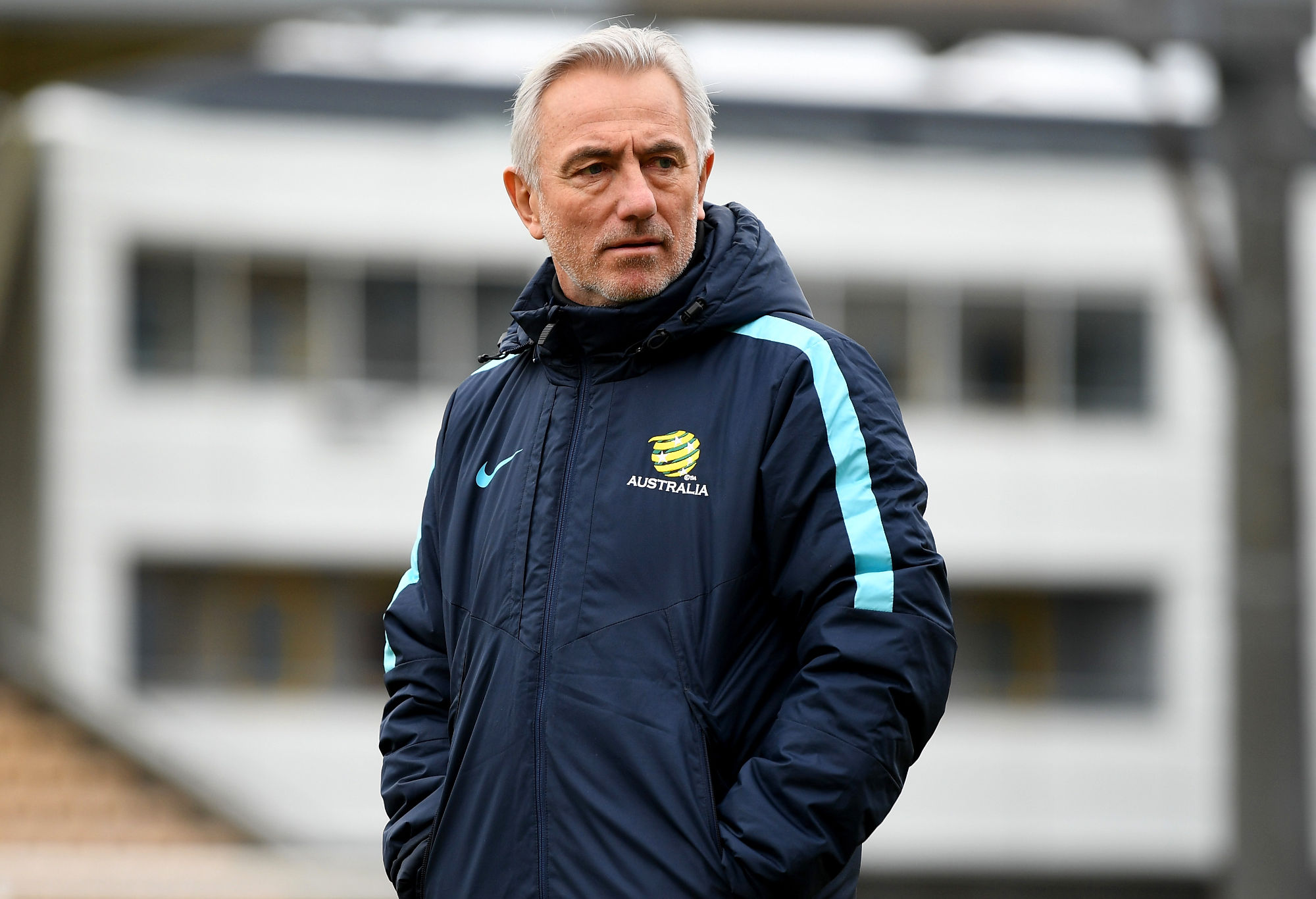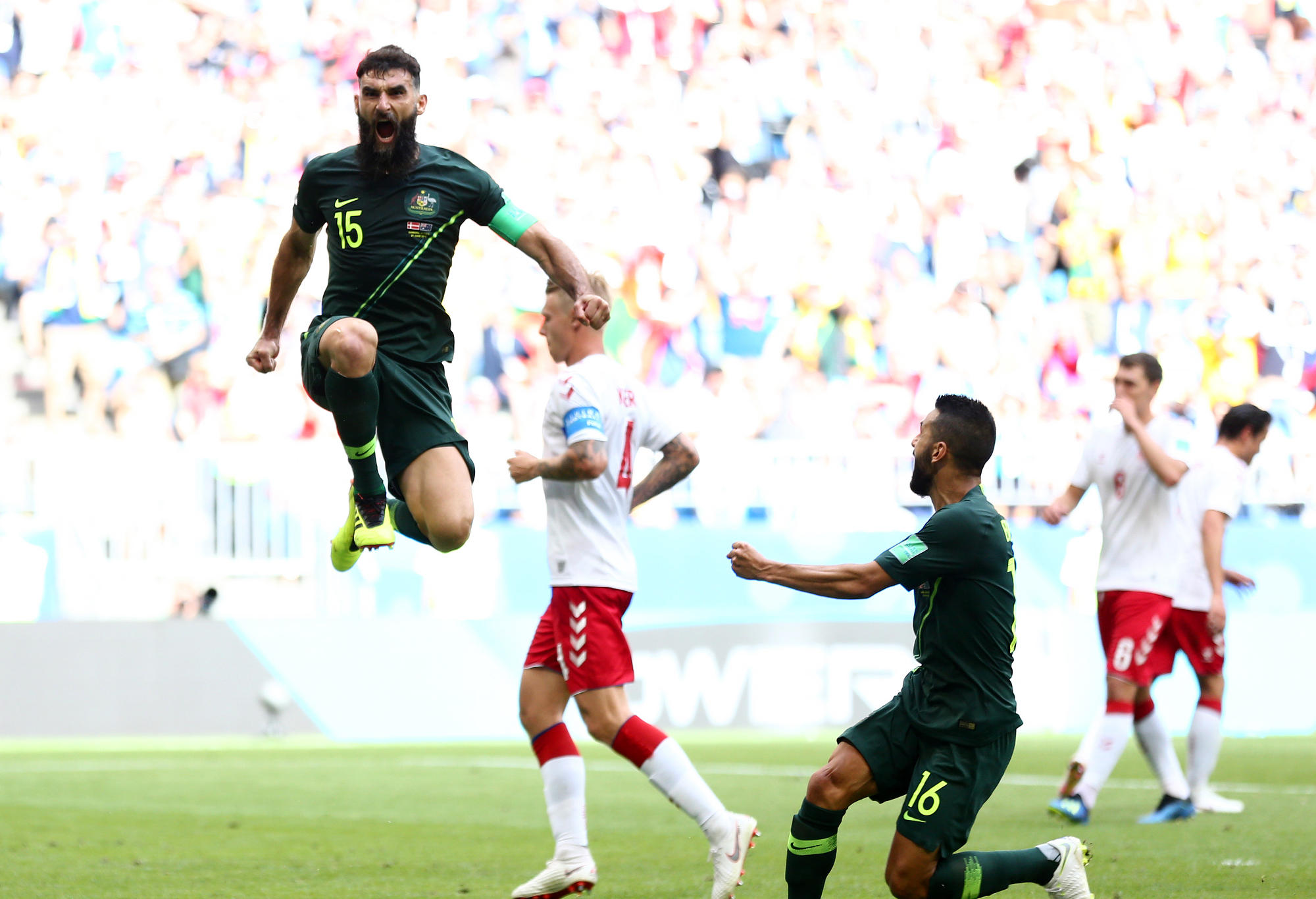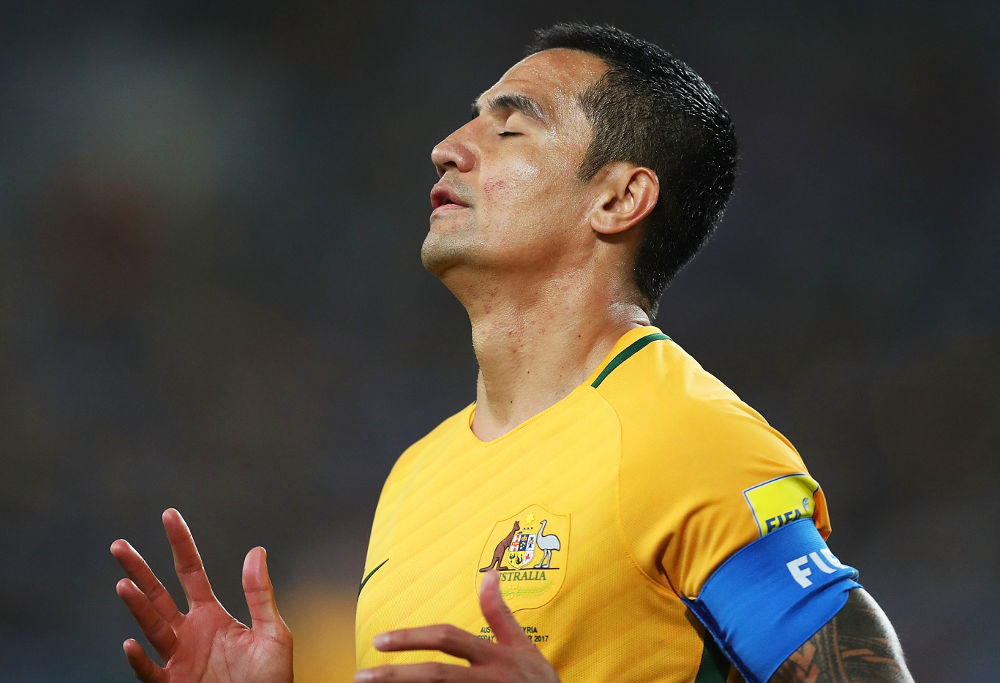Young excellence, promotion battles, and a happy farewell: The Australian team of the week from players around the globe
Even though St.Pauli ultimately lost a high-scoring affair, Jackson Irvine was a standout, as well as scoring a late goal.

As the Socceroos make their way home from Russia in the wake of a disappointing 2-0 loss to Peru, fans have been left with a sour taste as they ponder what could have been.
Across the three games the Australians found the back of the net just twice, both courtesy of Mile Jedinak penalties, while the only point claimed came in the draw with Denmark in Samara.
Finishing fourth in the group is an unsavoury result, and despite the disappointment of the final game, one can’t help but have mixed emotions about the tournament.
Wind back to 25 January when the FFA appointed a new coach less than six months before the World Cup, a situation that was unparalleled until Spain appointed Fernando Hierro just days before their opening match against Portugal.
Dutch coach Bert van Marwijk was enlisted and scrapped the unusual 3-2-4-1 formation that Ange Postecoglou had experimented with to varying degrees of success.
That Van Marwijk managed to implement his more conventional system in such a short space of time is impressive. The fact that he managed to do so successfully against the world’s seventh-best nation is nothing short of remarkable.

(Michael Regan/Getty Images)
While Australia’s opening match ultimately ended in defeat, the gallant effort shocked a French side boasting three of the five most expensive players in world football in Kylian Mbappe, Ousmane Dembele, and Paul Pogba.
The Australians played a defensive game, successfully nullifying the counter-attacking threat posed by the speedy front-three of Mbappe, Dembele, and Antoine Griezmann.
The Socceroos probably deserved a draw for their efforts, with an unfortunate Aziz Behich own-goal allowing France to escape with a result that many viewed as undeserved.
If further clarification was needed, the result proved that Australia play with heart, which can help them match teams of far greater ability. We saw this against the Netherlands in 2014 and against both Germany and Chile at the 2017 Confederations Cup.
The Danish draw left a different feeling – one of pride yet emptiness. Australia matched their higher-ranked opponents and unleashed more shots on goal (13-10) but were able to come away with only a point.
Perhaps Van Marwijk could have played a more attacking game style, but as Denmark demonstrated in their 5-1 playoff victory over Ireland, they have a dangerous attacking line-up that cannot be disregarded.

(Maddie Meyer/Getty Images)
Irrespectively, as many pundits have observed, it seemed the perfect opportunity to introduce Tim Cahill, an opportunity that was unfortunately missed.
The performance against Peru was a dominant one, but wastefulness in the final third ultimately rendered this dominance irrelevant.
The Socceroos had 14 shots on goal compared to Peru’s four. Importantly, three of the South Americans’ shots were on target and two hit the back of the net. By contrast Australia had a shot accuracy of just 14.3 per cent and failed to score.
So despite a commanding performance, Australia won no rewards and ultimately endied the tournament with results that do little to reflect the magnitude of their efforts.
Clearly the World Cup highlighted a gaping deficiency that in truth was always present: the lack of a potent striker. While Andrew Nabbout and Tomi Juric worked tirelessly in Russia, in reality neither looked likely to score.
The problem stems from an overreliance on Cahill. Despite being used sparingly through qualifying, he was always available to avert trouble.
In the play-off game against Syria, for example, Cahill played the full 120 minutes, scoring both Australian goals.

(Mark Metcalfe/Getty Images)
While others were used at various stages in qualifying when qualification was on the line it was ultimately Cahill who was trusted to save the day, giving Juric and co limited opportunity in important matches.
But now, at the age of 38, he must surely be thanked for his services. Australia needs to move on and find the man capable of filling his shoes because Russia demonstrated a serious problem that Cahill cannot solve.
In short, Australia failed to find the next Cahill in the four-year cycle that just passed and must not repeat this failing in the four years to come.
Contrastingly, the performances of Aziz Behich, Trent Sainsbury, Matthew Leckie, and Daniel Arzani were encouraging, with Arzani likely to move to Europe next season. Clearly Australia has found a gem in the 19-year-old, who many liken to Harry Kewell.
So despite the natural disappointment at a fourth-place finish, there are reasons to be proud of the effort. The Socceroos reaffirmed to the world that they can match it with the best.
It’s a fine line between victory and defeat in sport, and if Australia can find some clinical finishers in the final third, they may find themselves on the other side of that line next time around.